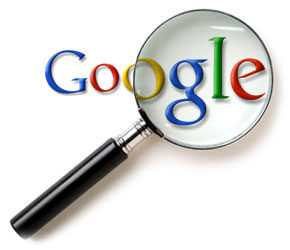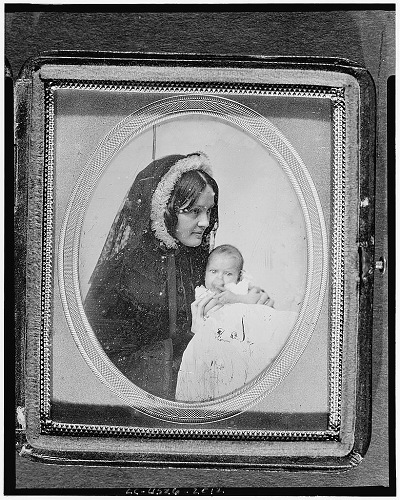by | Feb 3, 2014 | 01 What's New, Google, Photographs
 Do you have old pictures but aren’t sure where they were taken? Sometimes Google Earth has the answer. Check out this question from podcast listener Dennis:
Do you have old pictures but aren’t sure where they were taken? Sometimes Google Earth has the answer. Check out this question from podcast listener Dennis:
Q: “I am scanning slides from my only trip to my ancestor’s home in rural Germany and don’t recall the names or locations of a few people. The clue hear is ‘slides’. They were taken in 1986! I have a question regarding something I thought I heard on one of your podcasts regarding identifying a building via a picture that is uploaded to a web site. Can you give me some help with this?”
A: Yes! On my website, I offer a FREE video in which I demonstrate how to identify a building in an old photo using Google Earth. You can watch the free video by going to www.GenealogyGems.com, hover your mouse over VIDEO, and click on Google Earth for Genealogy in the drop down menu.
Another option is to use the free Google app on your smart phone or tablet. Open the app, tap in the search box, tap the Camera icon, and take a photo of the photo you have that contains the building you want to identify. (This works best with more well known locations.) It’s a long shot, but you never know – Google just may be able to identify it.
 Good luck, Dennis–and all the rest of you out there who are puzzling over how to identify old photos’ locations.
Good luck, Dennis–and all the rest of you out there who are puzzling over how to identify old photos’ locations.
Find more tips on using Google Earth for Genealogy in my popular Google Earth for Genealogy 2-Disk Bundle. The free video is just the beginning of what you can do with Google Earth!
by Lisa Cooke | May 28, 2013 | 01 What's New, History, Inspiration, Photographs
We live in the era of digital photography–far from the time of the daguerreotype. But that didn’t stop Seattle-based photographer Dan Carrillo from falling in love with daguerreotypes and bringing this art form back to life.
 “There’s something about a daguerreotype that is unlike any other type of photograph, in my opinion the most beautiful form of photography ever invented,” Dan says in a fantastic, four-minute documentary video you can watch below. He learned the craft of daguerreotyping at an Eastman House workshop, then spent a year gathering and building his own equipment. Today he creates photographs he calls “shiny little jewels” using the same laborious process and dangerous chemicals as early photographers.
“There’s something about a daguerreotype that is unlike any other type of photograph, in my opinion the most beautiful form of photography ever invented,” Dan says in a fantastic, four-minute documentary video you can watch below. He learned the craft of daguerreotyping at an Eastman House workshop, then spent a year gathering and building his own equipment. Today he creates photographs he calls “shiny little jewels” using the same laborious process and dangerous chemicals as early photographers.
He likes the idea that the images he creates will outlive him. “It’s so easy to take a picture and forget about it,” he says. “I’m trying to make something that will be a cherished object from generation to generation.” Family historians certainly can appreciate that line of thinking!
Dan Carrillo: Daclotype from Patrick Richardson Wright on Vimeo.
The process of creating a daguerreotype was so laborious that those who used it were constantly tweaking it. According to one site that explains the process in more detail, inventors were able to eventually drop the exposure time from a daunting 15 minutes to less than one minute (who can sit totally still for 15 minutes?). I think it’s interesting that there are more than 480 daguerreotype-related patents at Google Patents. This makes me think differently about those “shiny little jewels” we may come across in our own family photo collections. Daguerreotypes of our ancestors are themselves painstakingly-crafted “genealogy gems!”
 Do you have old pictures but aren’t sure where they were taken? Sometimes Google Earth has the answer. Check out this question from podcast listener Dennis:
Do you have old pictures but aren’t sure where they were taken? Sometimes Google Earth has the answer. Check out this question from podcast listener Dennis: Good luck, Dennis–and all the rest of you out there who are puzzling over how to identify old photos’ locations.
Good luck, Dennis–and all the rest of you out there who are puzzling over how to identify old photos’ locations.




